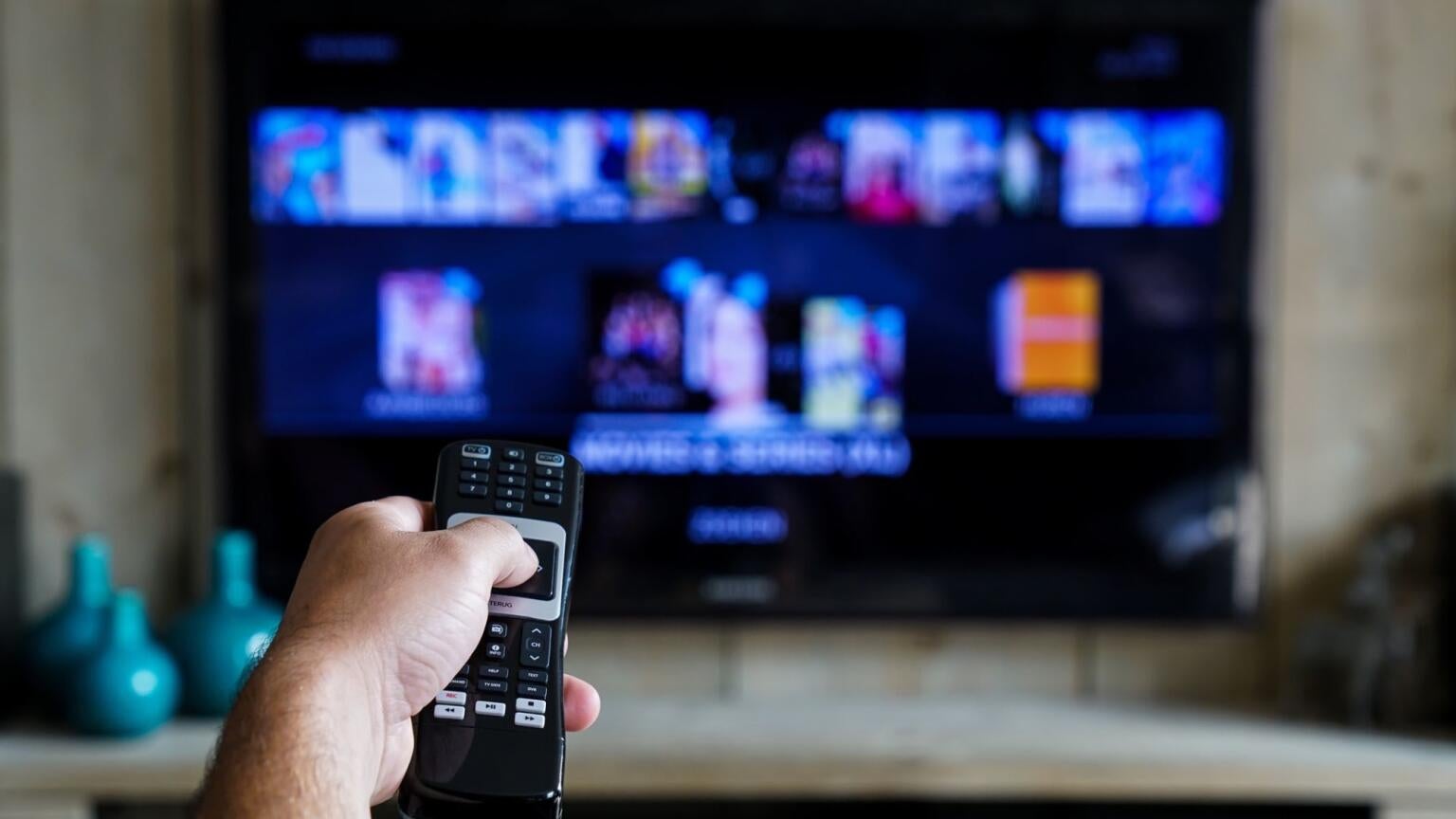Nielsen Data Confirms Younger Viewers Spend More Time Streaming; Do Streamers Need More Representative Programming?
Viewers aged 35-49 spend nearly 50% of their time watching just streaming services, and the gap widens among younger groups.

Are older Americans really so hesitant to embrace streaming, or is it just the tired trope of elderly consumers not being comfortable with technology rearing its head again? It’s a well-traveled talking point that younger audiences are much more willing to accept streaming services like Prime Video and Apple TV+ than older viewers, who are drawn to the broadcast and cable channels they’ve come to know. But which age and ethnic groups are watching the most content via streaming, and where are the biggest gaps? Nielsen has released a new report that offer a detailed look at the demographics of streaming versus linear television.
- Viewers aged 18 to 24 watch streaming the most as compared to other age groups who can purchase their own streaming accounts.
- Connected TV usage is higher than linear among viewers aged 18-49 in every race/ethnic group sampled by Nielsen.
- Reaching Asian American viewers on connected TV platforms remains a challenge, suggesting a shift in strategy by providers is needed.
Nielsen’s data shows that the preference for streaming among younger customers is hardly a baseless stereotype. As of August 2023, every group of viewers aged 18 to 49 spends more time watching video via streaming platforms than they do with broadcast and cable TV combined. Discounting the 2 to 11 age group, which is a more captive audience segment because it cannot purchase streaming subscriptions of its own, the age group that streams most is viewers 18 to 24. This cohort gets 60.1% of its TV from streaming sources.
Conversely, older audiences have a much stronger preference for cable and broadcast TV. Viewers aged 50 to 64 watch nearly twice as much broadcast and cable TV as they do streaming (62.7% versus 31.6%), and audiences 65 and up watch more than four times as much linear TV as compared to streaming services (76.4% versus 17.7%).
This increased affinity for digital video platforms transcends racial and ethnic boundaries, as well. Daily time spent watching connected TVs — a term meaning any TV with internet connectivity, such as smart TV or set connected to a streaming dongle — is higher than time spent with linear sources among Black, Hispanic, and Asian American audiences aged 18 to 49. In part, this demonstrates the broad appeal of streaming services that can better reach diverse audiences with their content. Conversely, Nielsen’s data also shows which groups might be feeling left behind by a shift of entertainment from linear to digital spaces.
Where is the Connected TV Gap Most Noticeable?
Nielsen’s deep dive shows that Black and Hispanic audiences both use connected TVs at a weekly rate of 76% as of the second quarter of 2023. Both groups have been above the 70% line for weekly connected TV use since Q3 2022, but the Asian American audience segment has never reached that threshold. In fact, connected TV use among Asian Americans declined from 67% in Q2 2023 to 66% in Q3.
The relationship between connected TVs and streaming services is highly symbiotic, and streaming providers could help spread the use of connected TVs in Asian American households by creating more programming with Asian American casts and/or creators. A recent survey conducted by Tubi found that 73% of Gen Z and millennial audiences wanted to see characters that reflected their own identities on TV, and given that this age group is more likely to watch TV on streamers than cable or broadcast, streaming providers may have a golden opportunity to increase their Asian American audience by making more shows with characters that this group feels are representative.
Nielsen’s data also shows that even older audiences have incrementally increased the amount of time they spend watching connected TVs, so there is an opportunity to sway this segment to stream more television, especially as age demographics more comfortable with streaming technology move into new age brackets. Streaming services that can find a way to incorporate more live news might make the most inroads with this cohort; recent data unveiled by Inscape shows that in the fourth quarter of 2024, 78.9% of all time spent watching news programming was done on cable and satellite. A September 2023 survey found that viewers aged 55+ watched local broadcast news each night of the week at a rate of more than 50%. Given that older audiences are increasingly willing to use connected TVs, the next inevitable step would seem to be increasing the amount of news content they can get on streaming services as opposed to linear sources.
Nielsen’s data clearly establishes that younger audiences are watching more content via streaming than older ones. But it also points out what kind of content streamers should add to reach out to older viewers, and offers insights as to what streamers can do to attract more customers from various ages and ethnic backgrounds to connected TVs.



